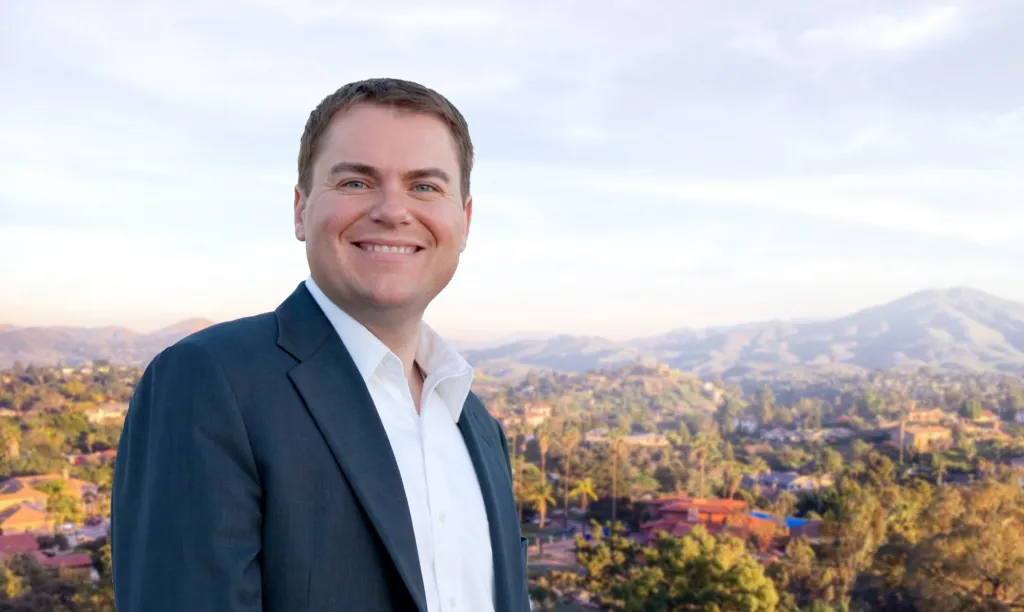Gavin Newsom took office in January of 2019, armed with big ideas and audacious goals, he won the support of many voters. However, he has now reached seven months in his first term as Governor of California and has signed his first budget. It’s time to evaluate his progress on the promises he made to his supporters.
Although some of his projects are long term, the initial steps have been taken. Newsom set ambitious goals that won him support, but has he been successful in implementing these new ideas?
During his campaign, Newsom pledged to confront California’s housing crisis. His proposed solution is to build 3.5 million new housing units by 2025. Governor Newsom also proposed increasing tax credits for low-income housing and streamlining land use approvals. He claimed that the lack of affordability was due to a ‘simple economic argument.’ To reach this goal, the state would be required to build houses at five times the current rate.
Newsom’s biggest issue was finding a way to fund this massive project. His first proposal was to take road repairment money from cities that were not building enough and divert the funds into housing developments. However, this failed to persuade lawmakers. As a result, Newsom opted to create a plan that would fine cities (ranging from $10,000 to $600,000) for failing to reach their housing goals. Hypothetically, if a city were unable to meet the housing requirements for six consecutive months, the local government would be at risk of losing its authority regarding any housing affairs.
Nonetheless, this plan is highly unlikely to be used, as many cities will not reach this point. His current budget proposes half a billion dollars for a loan program and hundreds of millions for low-income housing development. The effects of his promises are yet to be felt by California residents, but his new budget may change that.
During his run for office, Newsom also spoke about California’s rising homeless population and his take on how to combat the issue. Homelessness in California is certainly not uncommon. In fact, new data shows that the state holds about one-fourth of the nation’s homeless population. The governor’s solution was to create cabinet-level positions that would focus on homeless affairs and divert money to help homeless facilities operate on a larger scale. However, he has yet to appoint or create any such cabinet-level positions.
Newsom has only appointed Sacramento Mayor Darrell Steinberg and Los Angeles County Supervisor Mark Ridley-Thomas to create a task force. It was also evident in his first budget that Newsom would allocate $650 million to shelters and programs aimed to get people off the street. His budget also includes money to fund mental health facilities and housing for students.
Governor Newsom also made his stance on healthcare clear during his campaign. He has long been a supporter of universal health care and officially endorsed a single-payer bill in 2017. The bill ultimately failed, but he gained the support of the California Nurse Association. Undoubtedly, universal healthcare was one of Newsom’s most ambitious goals. Not only would he need extensive funding, but federal approval as well. So far, the governor has sent an official letter to President Trump seeking permission to implement a single-payer option.
Nonetheless, most of his action so far has been aimed towards the future. In the meantime, under the new budget, California citizens will be fined for not buying health insurance. That revenue will be used to fund new subsidies for low-income families. The new budget also expands the Medi-Cal program, covering anyone under the age of 26, including illegal immigrants.
As governor, Newsom has also chosen to focus his efforts on California’s prison system. He vowed to end private prison industries and the state’s cash bail system. In June, the state cut ties with an Arizona-based prison, which was the last private facility housing California residents out of state. In the meantime, he has made some progress regarding bail. Last year, Newsom co-sponsored a bill to end cash bail, arguing that it unfairly punished poor people. However, the bail industry has placed a referendum on the bill, which would delay its implementation until after the 2020 ballot.
Although everyday Californian citizens have not felt many of the consequences of Newsom’s budget and policies, he attempted to reassure his supporters in a recent speech. Newsom promised voters that he’s “going to get the rest of that done, mark my words, and make progress next year and the year after that.”
Photo by Diego Diaz




